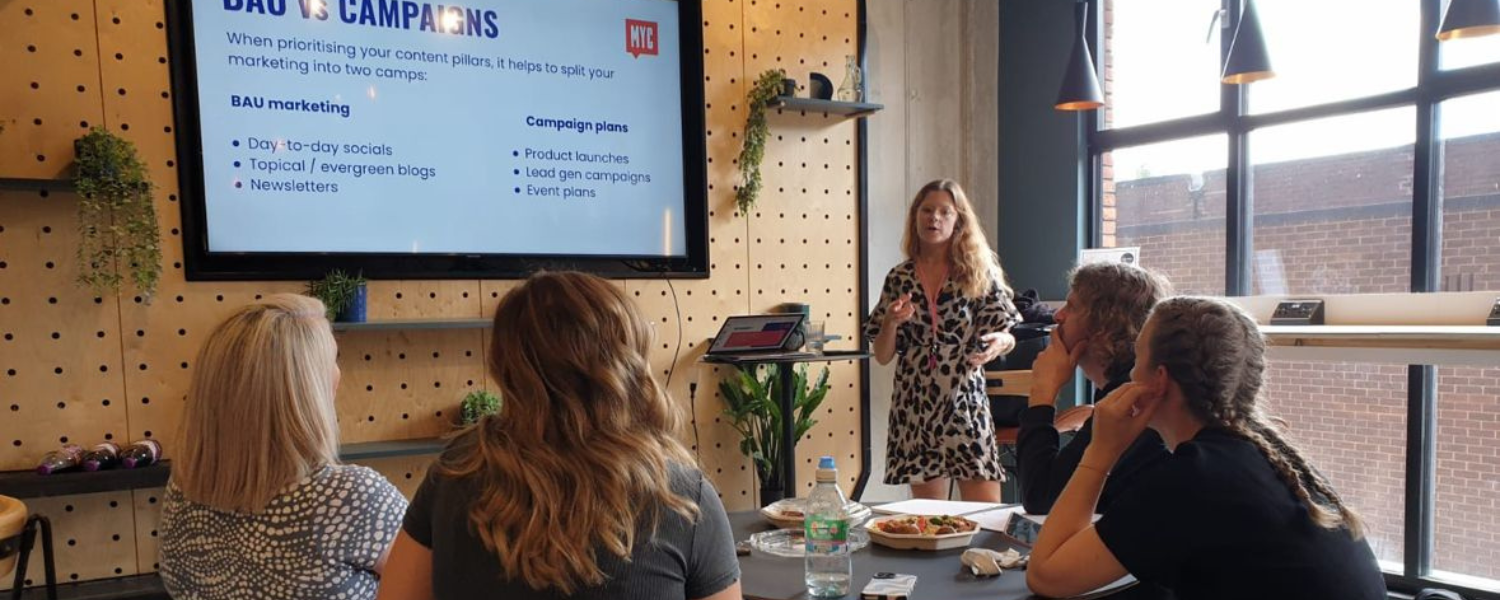Maximising Content ROI: Balancing Quick Wins With Long-Term Investments

When it comes to content marketing, there can be a bit of a juggling act between time, money and results. You might be a small business owner trying to boost visibility, or part of a fast-growing team ready to scale – either way, you want your content to do more than just fill a gap.
You want to drive traffic, build trust, and achieve maximum returns. That’s why the most effective content strategies don’t just rely on a single type of content. The trick is to strike a balance between quick-turnaround pieces and long-term investments that keep paying off over time.
Understanding quick-win content
Quick wins are those pieces of content you can turn around fast with minimal input, but they still have the power to deliver results. These might not be your most polished or detailed pieces, but they’re key for keeping the momentum going. A quick-win blog could be a response to an industry-trending topic, for example, or an answer to a common customer question or simple tip from your team. These are usually text-based, easy to read, and don’t call for extensive research, design, or collaboration.
Because quick-win content is relatively straightforward to create, it keeps you agile. You can react fast, test ideas, and seize timely opportunities. Refreshing an old post with updated info, repurposing a popular LinkedIn thread, or sharing insights from industry news are all smart ways of staying visible without overcomplicating things. Usually, the results speak for themselves; expect spikes in engagement, site visits, or conversions – these all help to fill immediate gaps while you work on bigger projects.
Investing in long-term content
Quick wins might give you a short-term visibility boost, but it’s often long-term content that builds true authority. These are the meaty pieces – think in-depth guides, whitepapers, detailed case studies, and full-blown campaigns – that take time to create but deliver a stronger, lasting ROI. This type of content is typically evergreen, so it keeps driving traffic and generating leads long after it’s been published.
When planning long-term content, it’s important to be mindful of format, structure, and distribution. Craft content with future updates in mind, breaking it down into sections for easy refreshes as things change.
Long-form content is also great for repurposing – one solid whitepaper can have your business dining out on blogs, social posts, infographics, and email campaigns for months. Though it may take time to see results, the long-term payoff can be more than worth it – from better search rankings and backlinks right through to increased brand recognition and inbound traffic.
Finding the right balance
So, how do you choose where to focus your efforts? It all comes down to your goals, resources, and the stage you’re at. If you’re an ecommerce brand, you’re likely to lean on quick wins to stay on top of trends. On the other hand, a B2B consultancy might split efforts more evenly to build thought leadership gradually. A 70/30 or 50/50 split tends to work best for many businesses – with quick wins driving momentum while long-term investments build deeper trust.
You can reduce risks and costs too. Co-authoring guides with a partner brand lightens the load while boosting reach. Don’t forget to repurpose content from the get-go either – so each big piece has multiple touchpoints across your channels. Ultimately, it’s about creating a plan that suits both your audience and your resources, while staying flexible enough to adapt when needed.
Partnering for better ROI
Finding the right balance takes time, but you don’t have to do it solo. Partnering with an outsourced content team lets you manage quick wins and long-term projects without overwhelming those you have in-house.
We’ve helped businesses across industries achieve short-term success and long-term growth. Check out our case studies to see the difference we’ve made – or get in touch if you’re ready to level up your content.




